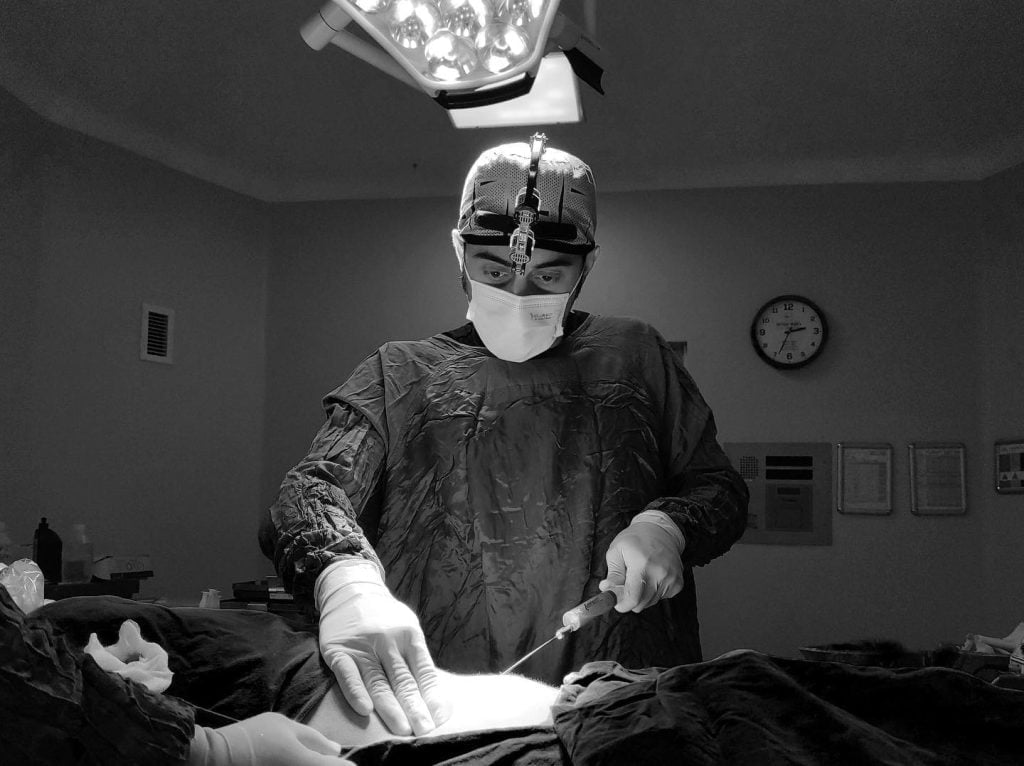Facial Feminization Surgery (FFS) is a transformative procedure for many transgender individuals seeking to align their physical appearance with their gender identity. One critical aspect of FFS is orbital bone reduction, which plays a significant role in achieving a more feminine facial structure. This blog will delve into the considerations, impacts, and processes involved in orbital bone reduction, providing a comprehensive understanding of this crucial procedure.
Table of Contents
Key Anatomical Changes in Orbital Bone Reduction
Target Areas for Orbital Bone Reduction
Orbital bone reduction primarily focuses on the brow ridge, which tends to be more pronounced in males. The procedure involves reshaping the frontal bone and the supraorbital rims to create a smoother, more feminine contour. This change significantly softens the overall facial appearance.
Techniques Used in Orbital Bone Reduction
Surgeons employ various techniques for orbital bone reduction, including burring, shaving, and osteotomy. The choice of technique depends on the individual’s bone structure and the desired outcome. Burring and shaving are less invasive, while osteotomy involves cutting and repositioning the bone for more dramatic changes.
Impact on Facial Aesthetics
Enhancing Feminine Features
Orbital bone reduction dramatically enhances feminine features by reducing the prominence of the brow ridge. This alteration helps in achieving a softer, more rounded forehead, which is a characteristic of a feminine face. The procedure also improves the harmony and balance of facial features, contributing to an overall more feminine appearance.
Psychological and Social Benefits
The psychological benefits of orbital bone reduction are profound. Many transgender women report increased confidence and comfort in their appearance post-surgery. This boost in self-esteem positively impacts social interactions and overall quality of life.
Risks and Complications
Potential Surgical Risks
As with any surgical procedure, orbital bone reduction carries potential risks. These include infection, bleeding, and adverse reactions to anesthesia. Patients must discuss these risks with their surgeon and understand the steps taken to mitigate them.
Long-term Complications
Long-term complications, though rare, include asymmetry, nerve damage, and issues with bone healing. Regular follow-up appointments and adherence to post-operative care instructions are essential to minimize these risks.
Determining the Extent of Reduction
Preoperative Assessments
Surgeons conduct thorough preoperative assessments to determine the extent of orbital bone reduction needed. This includes detailed facial analysis, imaging studies, and discussions about the patient’s aesthetic goals. These assessments help in creating a personalized surgical plan.
Balancing Aesthetic Goals and Safety
The surgeon’s expertise is crucial in balancing the patient’s aesthetic goals with safety considerations. Over-reduction leads to an unnatural appearance, while under-reduction may not achieve the desired feminization. A skilled surgeon finds the right balance to ensure optimal results.
Preoperative Assessments and Planning
Comprehensive Facial Analysis
A comprehensive facial analysis is the first step in planning orbital bone reduction. This analysis considers the patient’s overall facial structure, skin quality, and underlying bone anatomy. It helps in identifying the specific areas that need modification.
Imaging Studies
Imaging studies, such as CT scans, provide detailed insights into the bone structure and help in planning the surgical approach. These studies are crucial for understanding the thickness and density of the bones, which influence the choice of surgical technique.
Patient-Surgeon Collaboration
Effective communication between the patient and surgeon is vital for successful outcomes. Patients should openly discuss their expectations and concerns, while surgeons should provide realistic insights into what can be achieved. This collaboration ensures that both parties are aligned on the surgical goals.
Conclusion
Orbital bone reduction is a pivotal component of Facial Feminization Surgery, offering significant aesthetic and psychological benefits for transgender individuals. By understanding the key anatomical changes, potential risks, and the importance of thorough preoperative assessments, patients can make informed decisions about their surgery. With the expertise of a skilled surgeon, orbital bone reduction can help achieve a more feminine and harmonious facial appearance, enhancing both confidence and quality of life.
Visit Dr.MFO Instagram profile to see real patient transformations! Get a glimpse of the incredible results achieved through facial feminization surgery and other procedures. The profile showcases before-and-after photos that highlight Dr. MFO’s expertise and artistic vision in creating natural-looking, beautiful outcomes.

Ready to take the next step in your journey? Schedule a free consultation with Dr. MFO today. During the consultation, you can discuss your goals, ask any questions you may have, and learn more about how Dr. MFO can help you achieve your desired look. Don’t hesitate to take advantage of this free opportunity to explore your options and see if Dr. MFO is the right fit for you.
FAQ on Orbital Bone Reduction in Facial Feminization Surgery
What areas are targeted in orbital bone reduction?
Orbital bone reduction primarily targets the brow ridge, which is typically more pronounced in males. The procedure reshapes the frontal bone and the supraorbital rims to create a smoother, more feminine contour. This change significantly softens the overall facial appearance, contributing to a more feminine look.
What techniques are used in orbital bone reduction?
Surgeons use various techniques for orbital bone reduction, including burring, shaving, and osteotomy. Burring and shaving are less invasive methods that involve smoothing the bone surface, while osteotomy involves cutting and repositioning the bone for more dramatic changes. The choice of technique depends on the individual’s bone structure and desired outcome.
How does orbital bone reduction enhance feminine features?
Orbital bone reduction enhances feminine features by reducing the prominence of the brow ridge, resulting in a softer, more rounded forehead. This alteration improves the harmony and balance of facial features, contributing to an overall more feminine appearance. The procedure plays a crucial role in achieving the desired aesthetic goals in Facial Feminization Surgery.
What are the potential risks and complications of orbital bone reduction?
As with any surgical procedure, orbital bone reduction carries potential risks, including infection, bleeding, and adverse reactions to anesthesia. Long-term complications, though rare, can include asymmetry, nerve damage, and issues with bone healing. It is essential for patients to discuss these risks with their surgeon and follow post-operative care instructions to minimize complications.
How do surgeons determine the extent of orbital bone reduction needed?
Surgeons determine the extent of orbital bone reduction needed through thorough preoperative assessments. This includes detailed facial analysis, imaging studies, and discussions about the patient’s aesthetic goals. These assessments help create a personalized surgical plan that balances the patient’s desires with safety considerations, ensuring optimal results.




